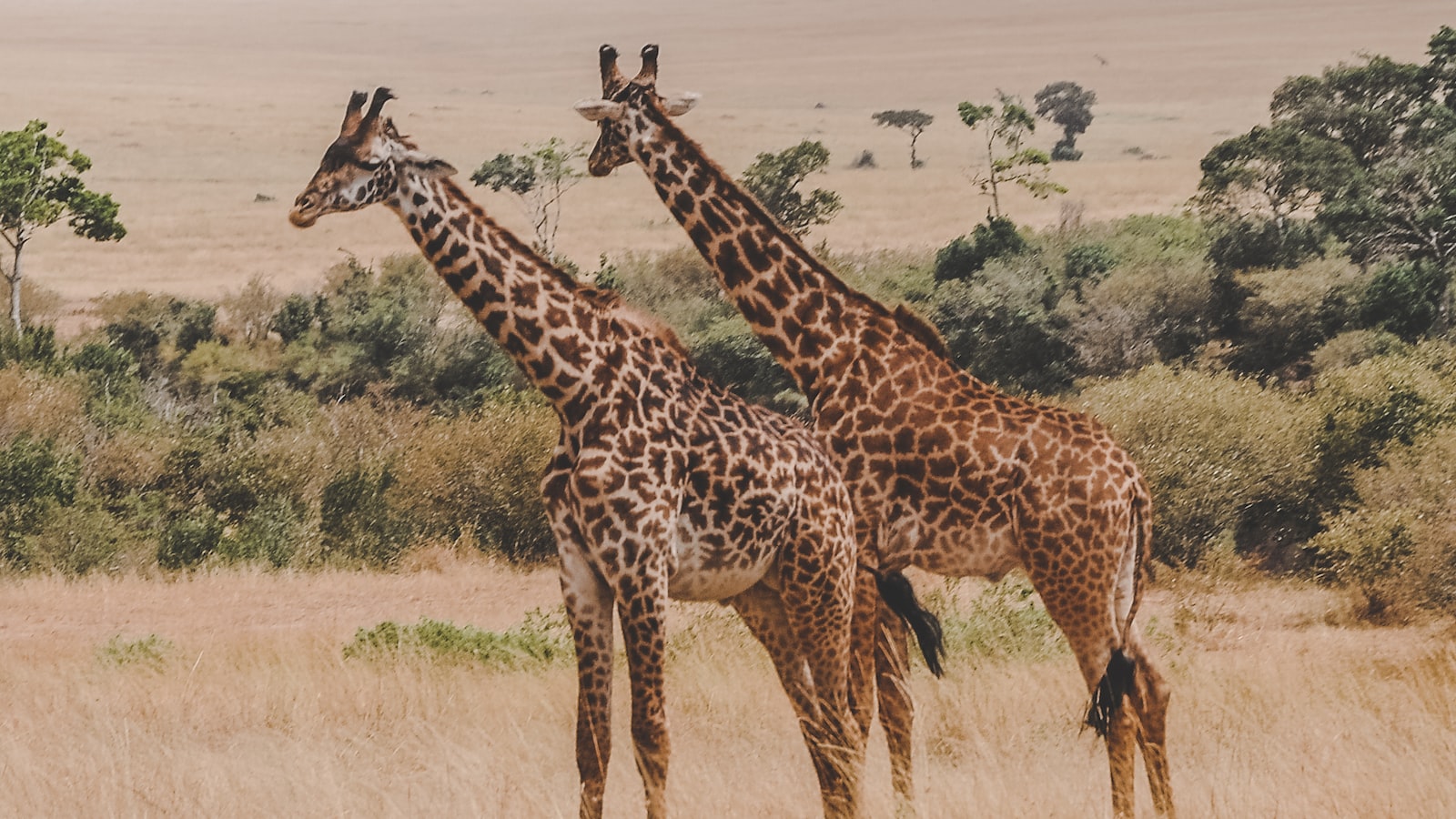As humans, we share this planet with a vast array of wildlife. From the smallest insects to the largest mammals, each species plays a vital role in maintaining the delicate balance of our ecosystem. However, as we continue to expand our urban areas and encroach upon natural habitats, conflicts between humans and wildlife are becoming increasingly common. One way to reduce these conflicts is by adopting wildlife-friendly pets. These are pets that are trained to coexist peacefully with wildlife, rather than chasing or attacking them. In this article, we will explore the benefits of wildlife-friendly pets and how they can help us achieve a more harmonious coexistence with the natural world.
1. “Fostering a Peaceful Environment: The Importance of Wildlife-Friendly Pets”
Pets are an integral part of our lives, and they bring us joy and companionship. However, it is important to remember that our pets can also have a significant impact on the environment and the wildlife around us. By fostering a peaceful environment and encouraging wildlife-friendly pet practices, we can help protect the natural world and ensure that our pets are happy and healthy.
One way to promote wildlife-friendly pet practices is by choosing pet food and toys that are made from sustainable and eco-friendly materials. Additionally, it is important to keep our pets on a leash when walking them outside to prevent them from chasing after wildlife. By being mindful of our pets’ impact on the environment and taking steps to minimize it, we can create a more harmonious relationship between our pets and the natural world.
2. “The Power of Responsible Pet Ownership in Promoting Coexistence with Wildlife”
Pets and wildlife can coexist peacefully, but it takes responsible pet ownership to make it happen. Here are some ways that responsible pet owners can promote coexistence with wildlife:
- Keep pets indoors or in a secure yard: This is especially important at night when wildlife is most active. Cats and dogs can harm wildlife, and wildlife can harm pets.
- Don’t feed wildlife: Feeding wildlife can disrupt their natural behavior and cause them to become dependent on humans. It can also attract predators to your property.
- Keep garbage and compost bins secure: Wildlife will be attracted to the smell of food, so it’s important to keep your garbage and compost bins secure. This will also help prevent wildlife from becoming habituated to humans.
Responsible pet ownership also means being aware of the impact that pets can have on wildlife. For example, outdoor cats can kill birds and small mammals, and dogs can chase and harm wildlife. By keeping pets under control and respecting wildlife, responsible pet owners can help promote coexistence between pets and wildlife.
3. “From Furry Friends to Wildlife Allies: How Pets Can Help Protect Our Natural World
Pets have always been a part of our lives, providing us with companionship, love, and loyalty. But did you know that they can also help protect our natural world? Here are some ways in which pets can become wildlife allies:
– Adopting a rescue pet: By adopting a rescue pet, you are not only giving them a second chance at life but also reducing the demand for breeding and the number of animals in shelters. This, in turn, helps protect wildlife habitats from destruction and fragmentation caused by urbanization and agriculture.
– Supporting conservation organizations: Many pet-related companies and organizations support conservation efforts through donations, fundraising, and awareness campaigns. By choosing to buy from or support these companies, you are indirectly contributing to the protection of our natural world. Some examples include the World Wildlife Fund, the Jane Goodall Institute, and the National Wildlife Federation.
Pets can also directly contribute to wildlife conservation efforts through their skills and abilities. For example, dogs can be trained to detect and track endangered species, such as sea turtles and rhinos, and help prevent poaching and trafficking. Similarly, cats can be trained to hunt invasive species, such as rats and mice, that threaten native wildlife.
In conclusion, pets can be more than just furry friends; they can also be wildlife allies. By adopting rescue pets, supporting conservation organizations, and training them to use their skills for conservation efforts, we can help protect our natural world and the animals that call it home. In conclusion, having a wildlife-friendly pet is not only beneficial for the environment but also for our furry companions. By choosing pets that are less likely to harm wildlife, we can create a harmonious coexistence between humans, pets, and wildlife. It is important to remember that we share this planet with a diverse range of species, and it is our responsibility to protect and respect them. So, let’s choose our pets wisely and make a positive impact on the world around us.

